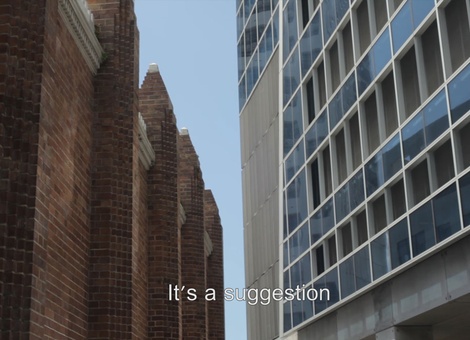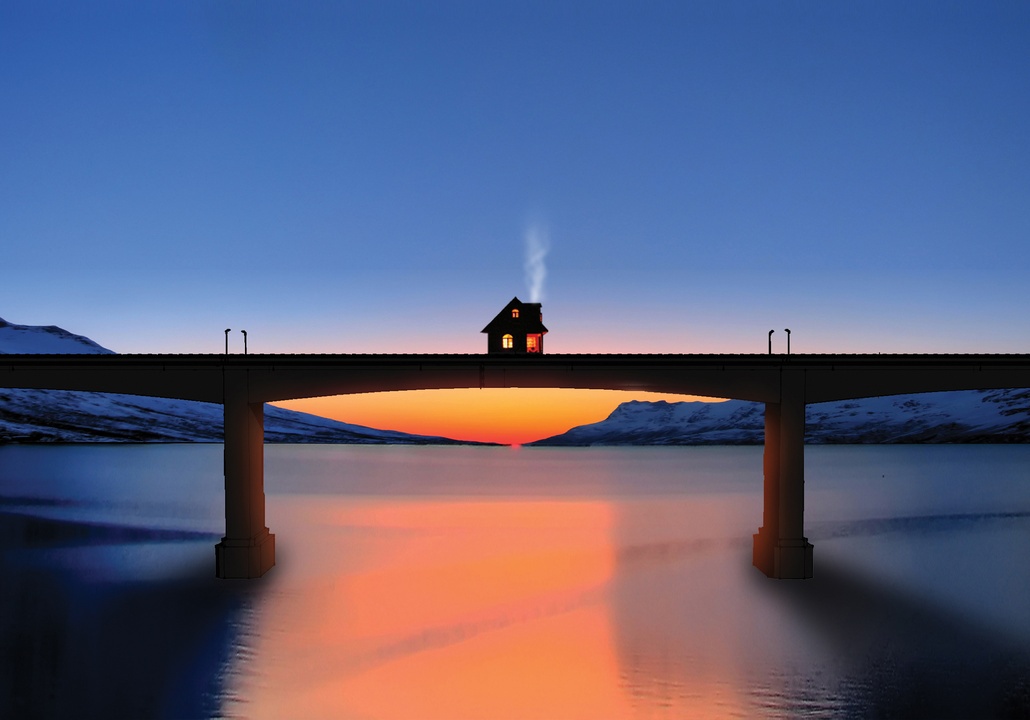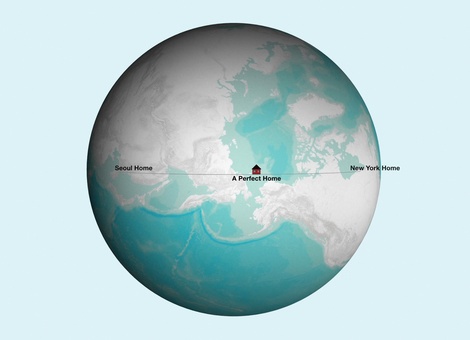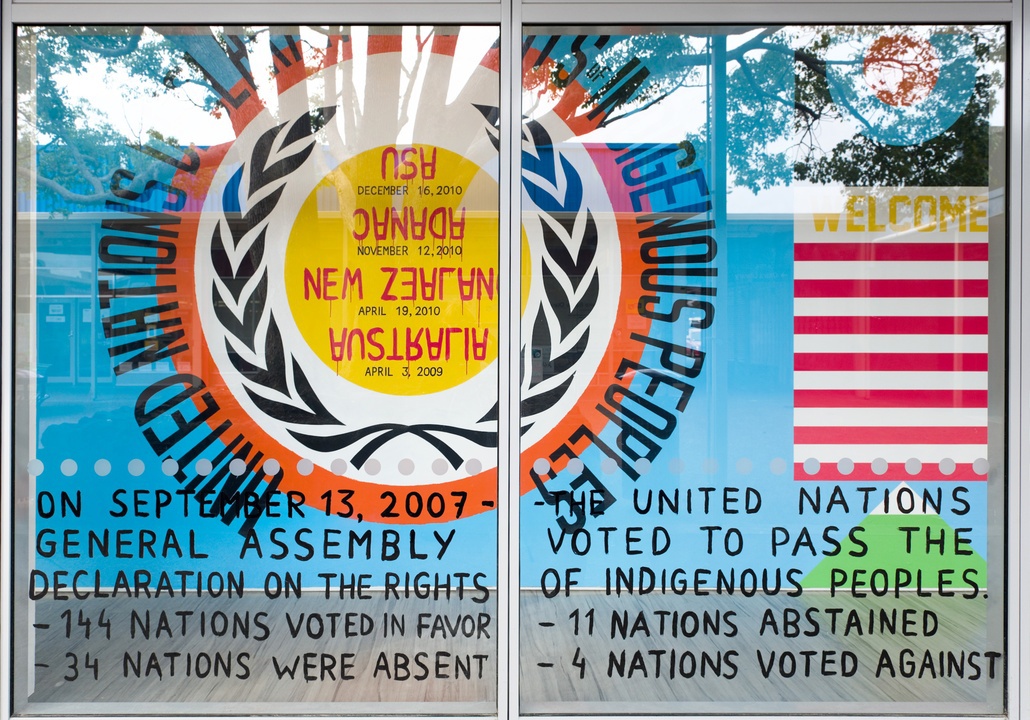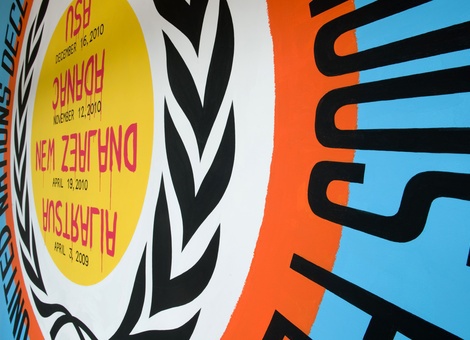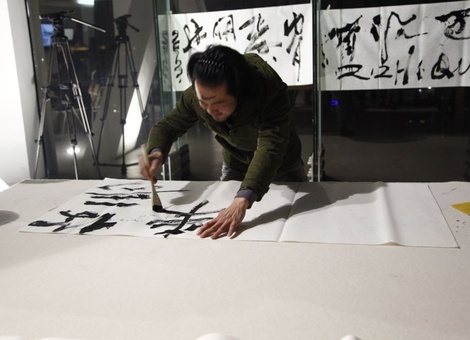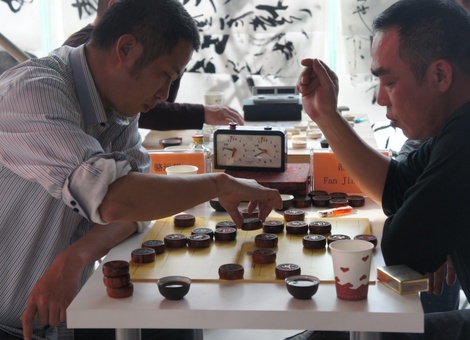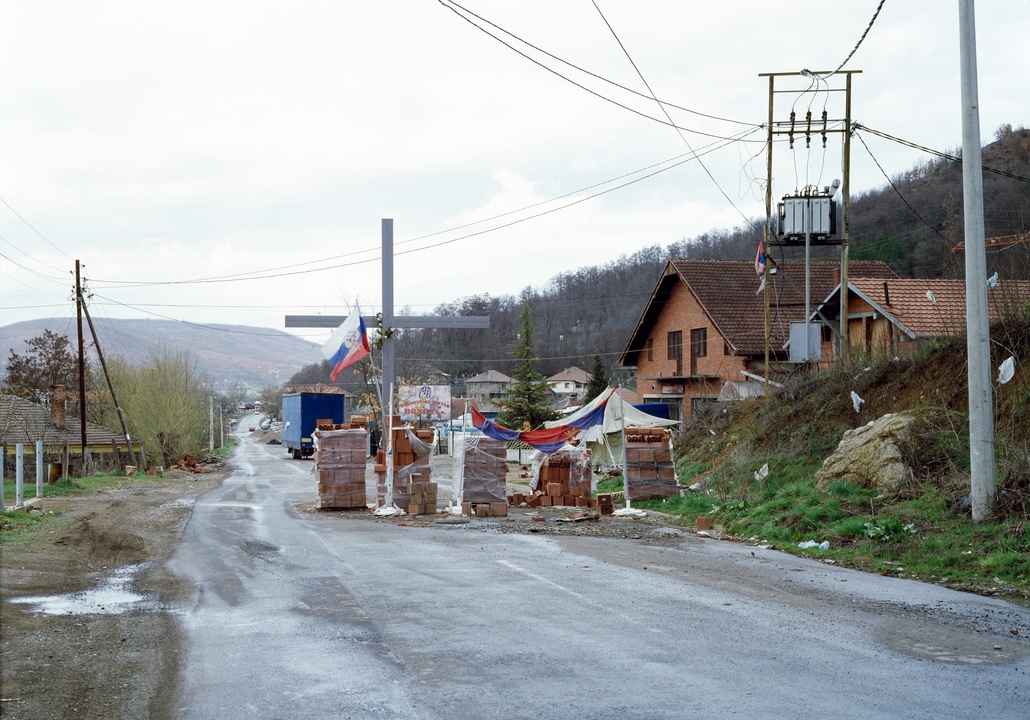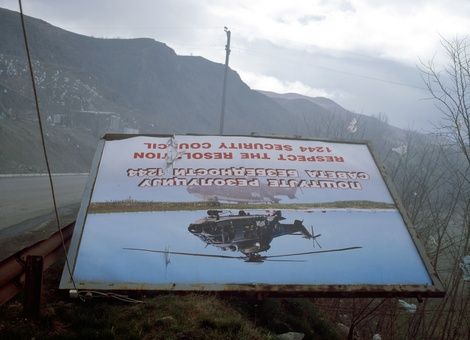Studio Mumbai (Bijoy Jain)
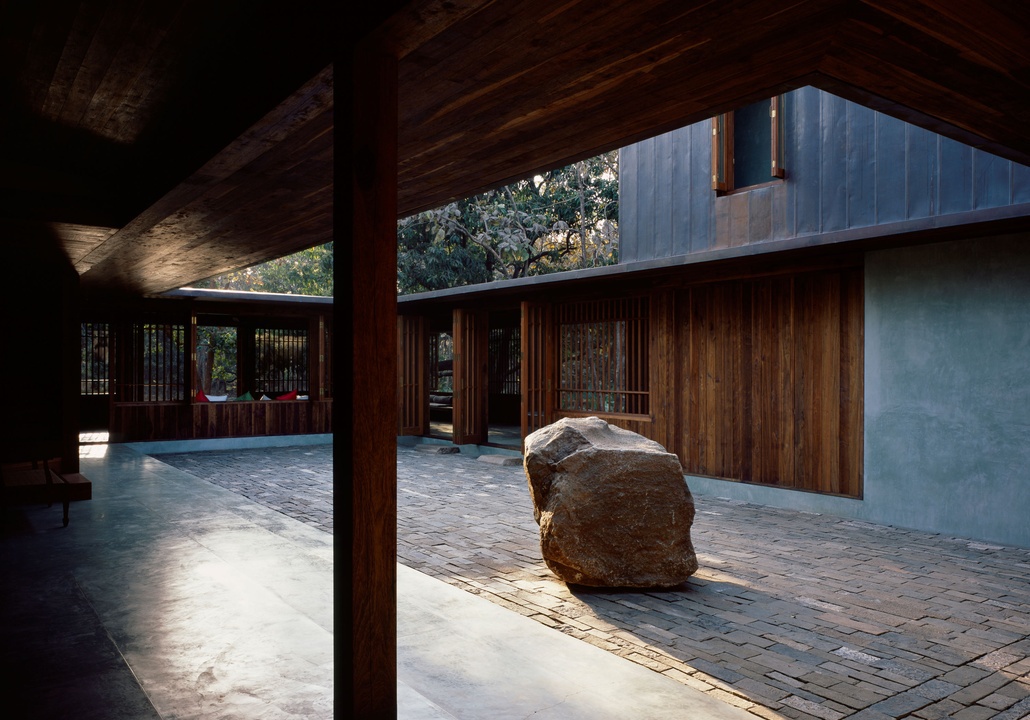
Copper House II, Chondi, Maharashtra, India, 2010
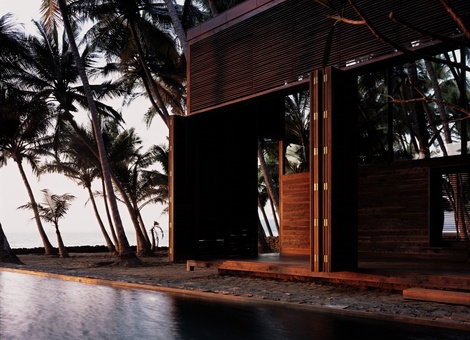
Palmyra House, Nangaon, Maharashtra, India, 2007
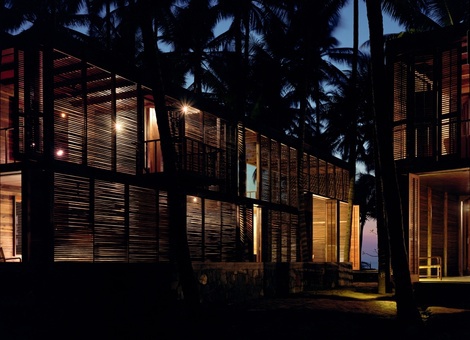
Palmyra House, Nangaon, Maharashtra, India, 2007
Born 1965, Mumbai, India
Lives and works in Mumbai, India
Bijoy Jain is an architect and founder of Studio Mumbai, a contemporary and award-winning architectural practice drawing on the traditional skills and expertise of India’s craftspeople. Creating a studio where skilled stonemasons, wood workers and other traditional trades do not simply execute his projects but are regarded as advisors and collaborators, Jain has enabled a rediscovery of traditional knowledge and the sustainable use of local resources.
Drawing upon the Indian landscape and regarding it as a resource, Studio Mumbai have created buildings as diverse as private residences, public spaces, research centres and rural retreats formed by local climatic conditions, materials and technologies.
‘An architectural practice almost unique in the world, Studio Mumbai redefines the construction process...’
Andrew Barrie
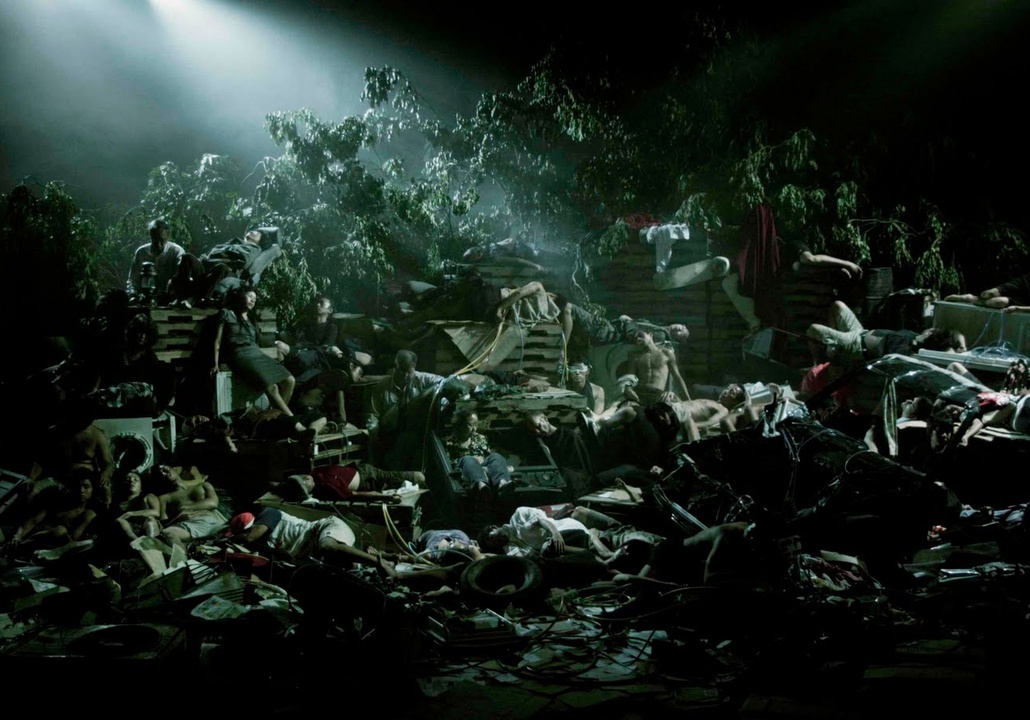
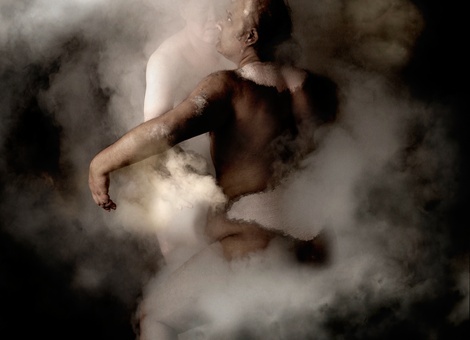
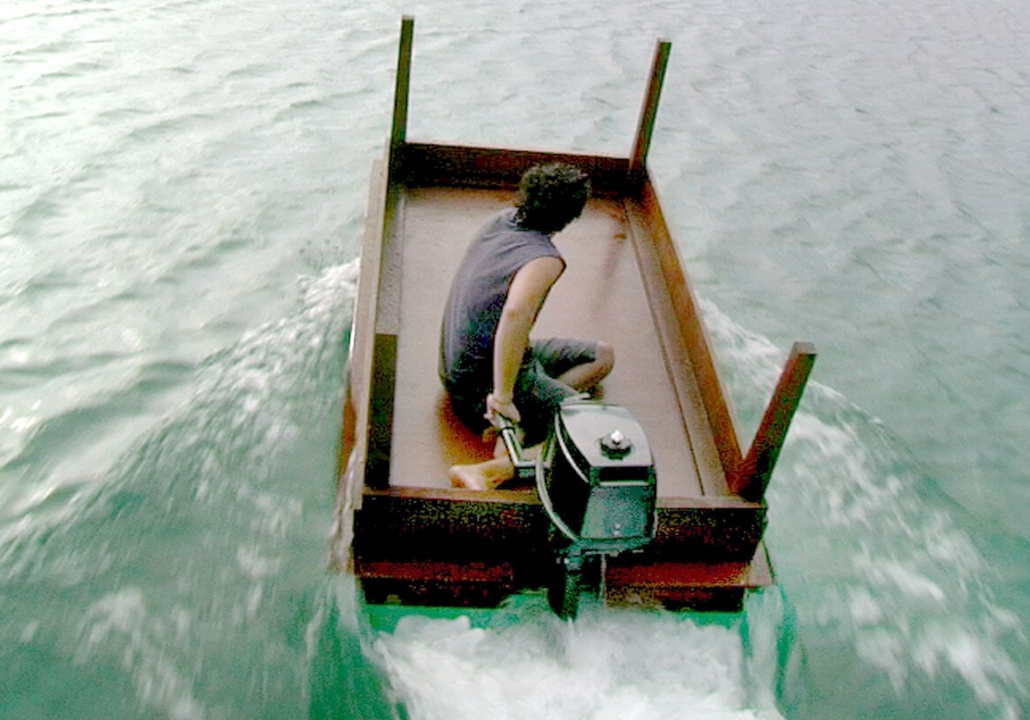
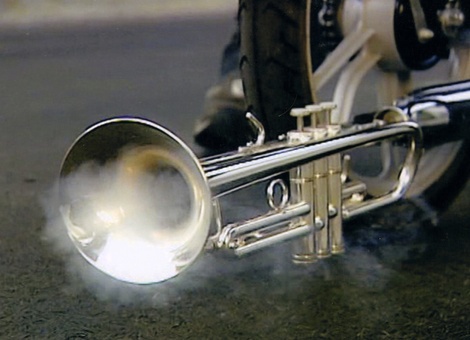
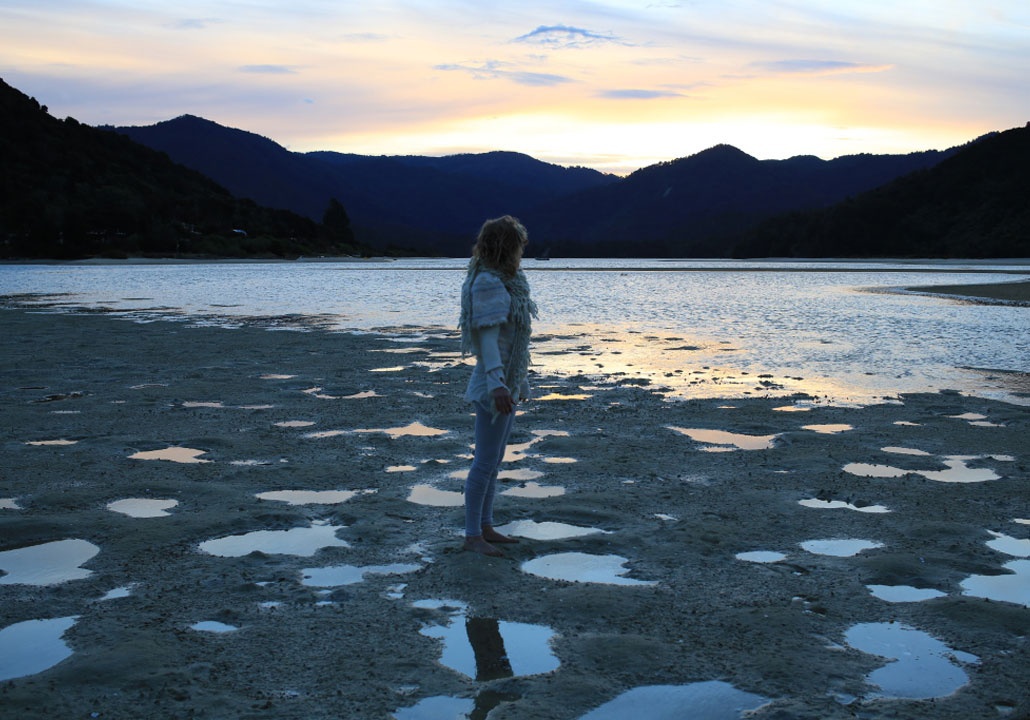

![test pattern [live set], 2008, photograph by Liz Hingley](/media/cache/a8/4a/a84ad52470801916c2979ab95304940f.jpg)
![A [for 6 silos]](/media/cache/2c/f4/2cf4a025b3b51f1fde293c244295a466.png)

